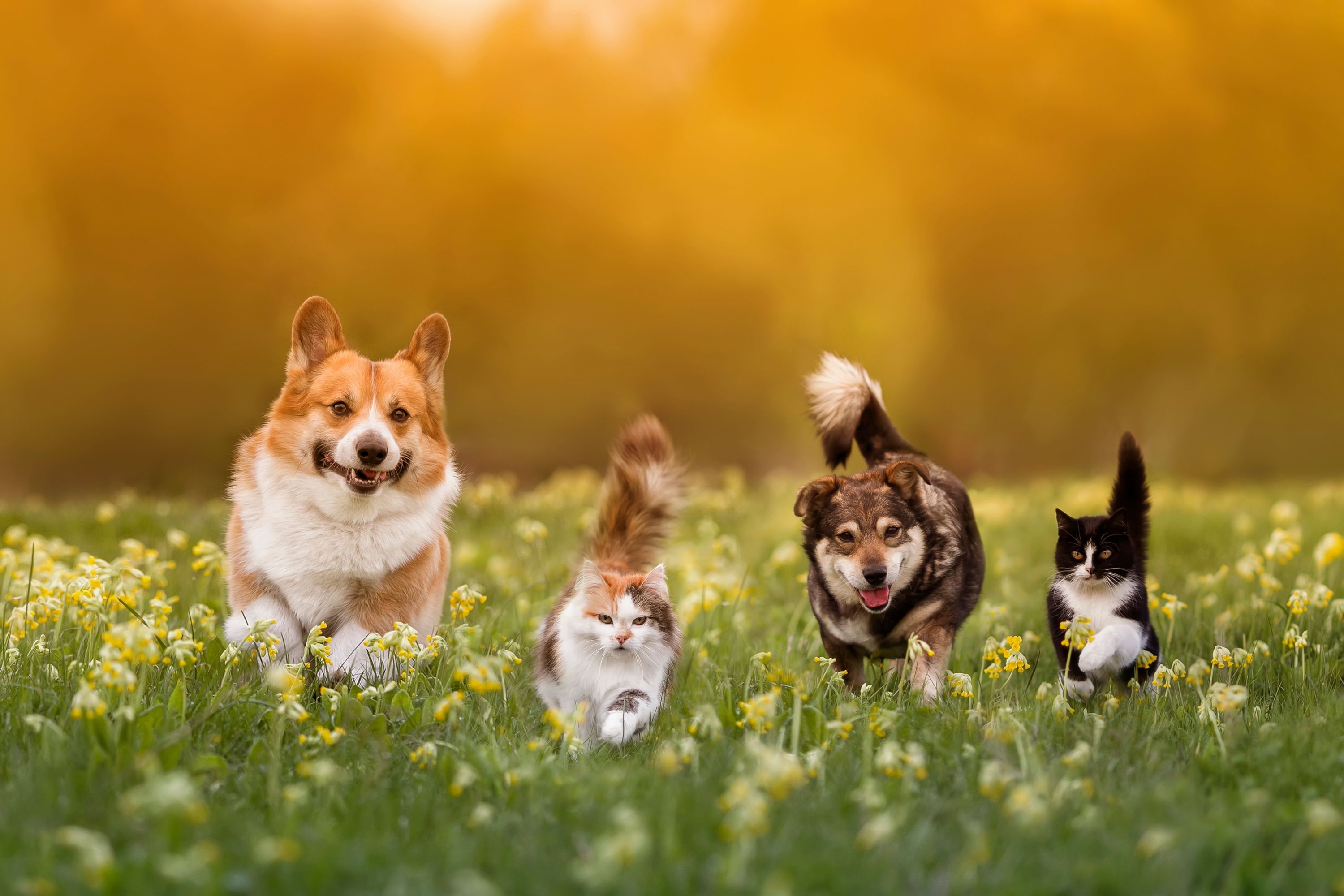Humans Actually Transmit Twice As Many Viruses To Animals Than Vice Versa, New Research Suggests

Some of the deadliest diseases to have ravaged humankind were spread to us by animals. For instance, rats are notorious for being disease carriers and have long been blamed for spreading the Black Plague that killed millions of people across Europe.
In addition, many experts believe that bats carried the virus that caused the COVID-19 pandemic.
However, a new study shows that it’s actually more common for humans to infect animals with illnesses rather than the other way around.
In fact, humans pass on twice as many viruses to animals than animals give to us. The results of the analysis can help scientists be better prepared for future virus outbreaks.
“By surveying and monitoring transmission of viruses between animals and humans, in either direction, we can better understand viral evolution and hopefully be more prepared for future outbreaks and epidemics of novel illnesses, while also aiding in conservation efforts,” Francois Balloux, a co-author of the study, said.
In the study, researchers analyzed nearly 12 million viral genome sequences across 32 viral families, examining their evolution as they jumped to different hosts.
Not all the sequences had data on when they were collected or what host species they were from. So, the researchers narrowed the 12 million down to 60,000 fully complete sequences.
Overall, they identified almost 3,000 jumps between species, with 599 of them involving humans.
After examining the 599 host jumps, they determined that 64 percent of them were from humans to domestic or wild animals, known as anthroponosis, and 36 percent were transmitted by animals to humans, which is called zoonosis.
nataba – stock.adobe.com – illustrative purposes only, not the actual animals
Sign up for Chip Chick’s newsletter and get stories like this delivered to your inbox.
The animals that were affected by anthroponosis included domesticated animals like cats, dogs, pigs, horses, cattle, chickens, and ducks.
Wild animals included chimpanzees, gorillas, howler monkeys, raccoons, the black-tufted marmoset, and the African soft-furred mouse.
The recent findings reveal that people have a much larger impact on the environment than previously thought. The new information is also significant for improving the future of animal and human health.
“When animals catch viruses from humans, this can not only harm the animal and potentially pose a conservation threat to the species, but it may also cause new problems for humans by impacting food security if large numbers of livestock need to be culled to prevent an epidemic, as has been happening over recent years with the H5N1 bird flu strain,” Cedric Tan, the lead author of the study, said.
People and animals serve as hosts to numerous microbes that jump to other species through close contact.
The study also identified that when a virus jumps to several different hosts, it tends to lead to an increase in virus mutations.
This knowledge can help researchers figure out how viral diseases crop up in humans and animals and possibly pinpoint the next big threat of illness.
Welcome to Billionaire Club Co LLC, your gateway to a brand-new social media experience! Sign up today and dive into over 10,000 fresh daily articles and videos curated just for your enjoyment. Enjoy the ad free experience, unlimited content interactions, and get that coveted blue check verification—all for just $1 a month!
Account Frozen
Your account is frozen. You can still view content but cannot interact with it.
Please go to your settings to update your account status.
Open Profile Settings